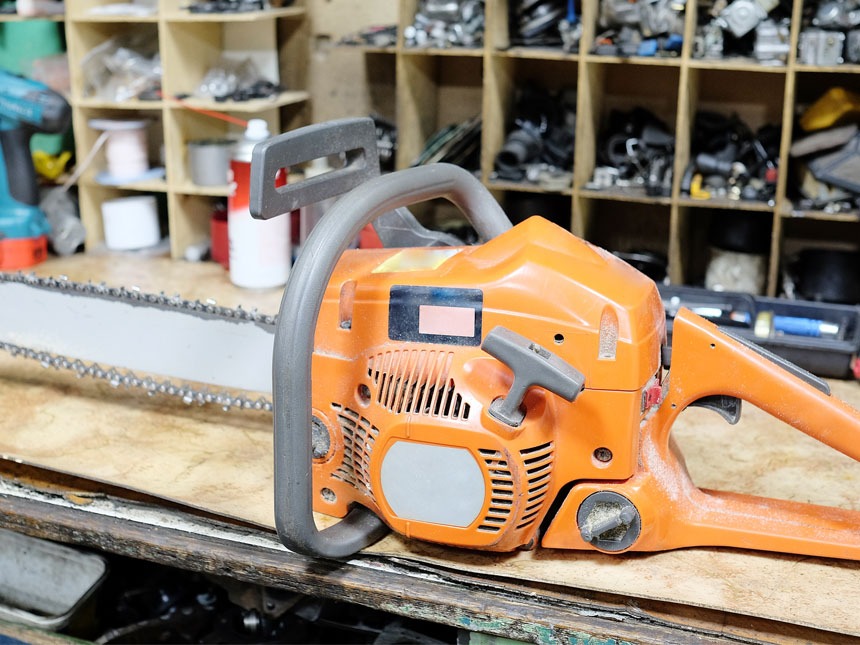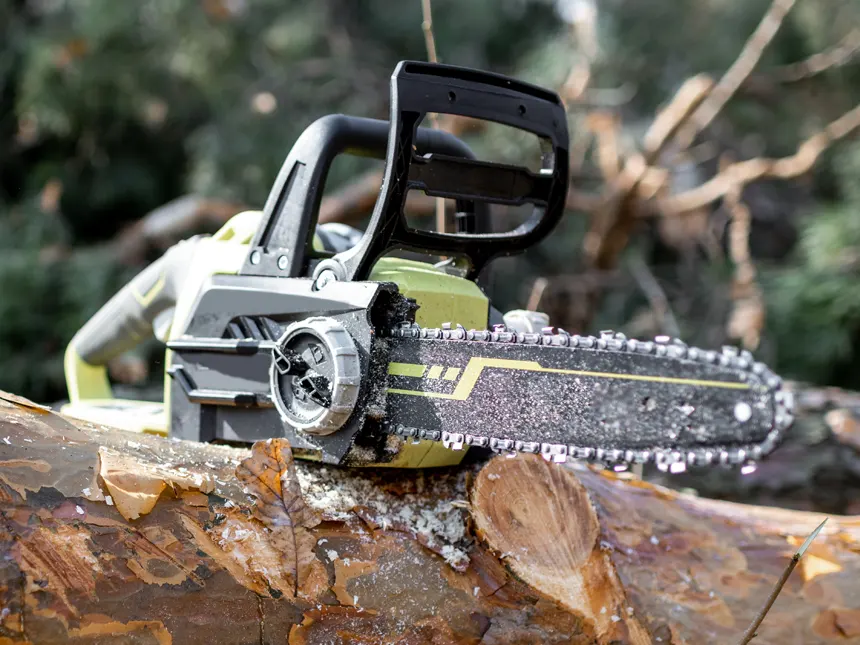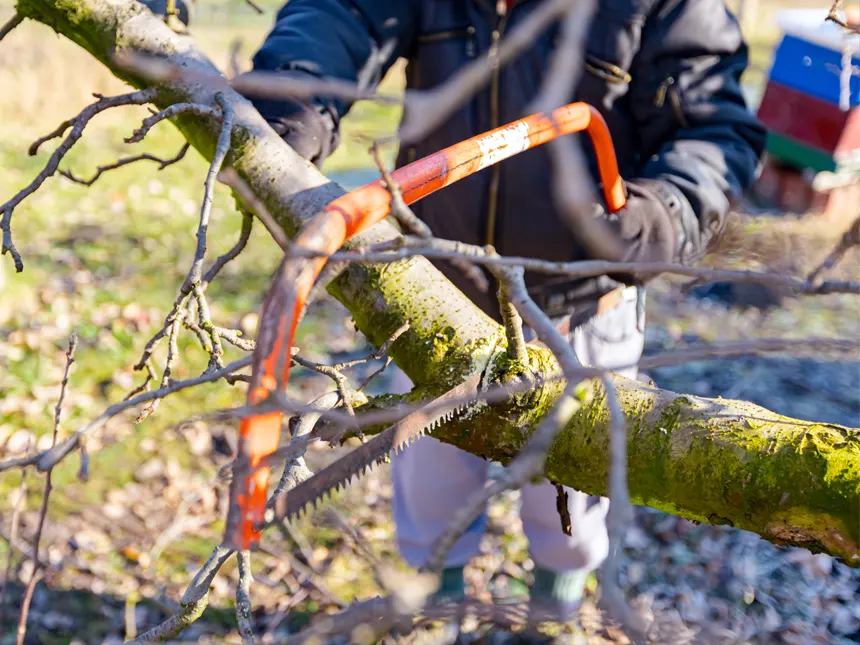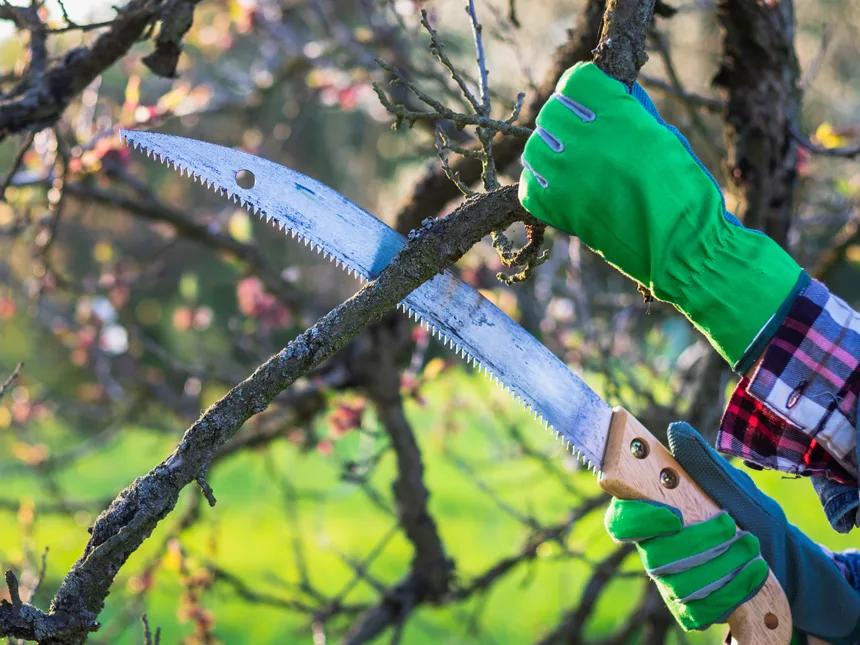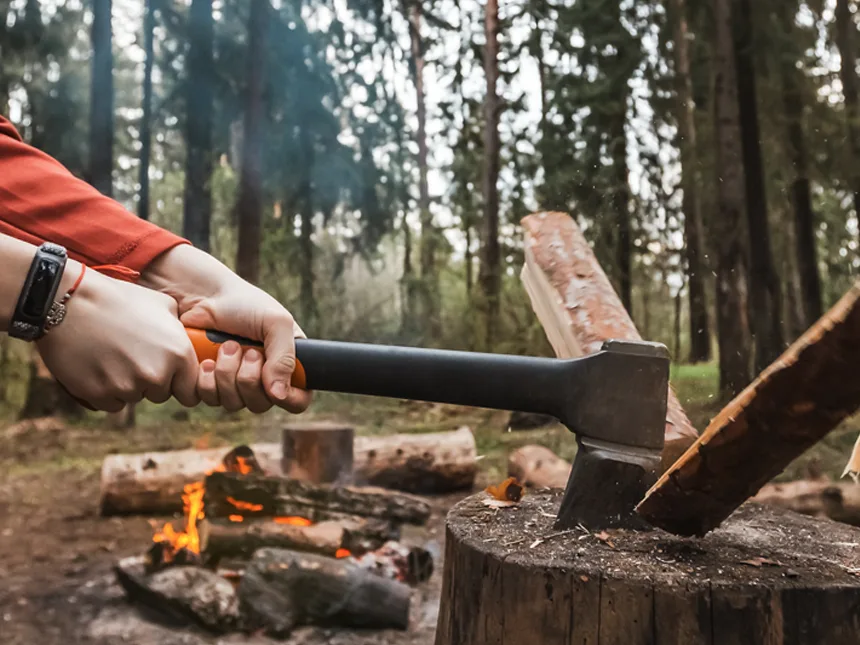What Exactly is “Seasoned Firewood”?
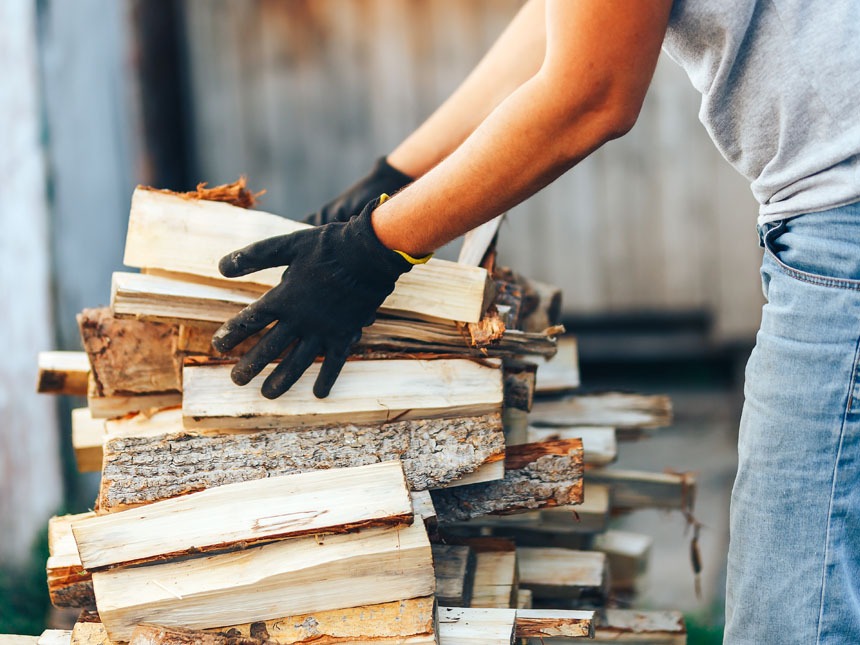
Timber Gadgets is reader-supported. We may earn a commission if you buy through the links on our site.
When most people think about firewood, they picture the fresh, green wood that needs to be seasoned before it can be used.
But what does “seasoned” mean when it comes to firewood? And why is seasoned firewood preferable to greenwood?
Read on to learn everything you need to know about seasoned firewood!
Seasoned wood has been left out to dry for a long period of time, so the moisture from the tree’s cells and its sap has evaporated from the wood.
Seasoning ensures that your fire will burn hot and bright because it reduces a significant amount of moisture. Cut logs can hold up to 50 percent water weight. That’s why seasoned firewood is ideal for camping trips or outdoor fires; it will burn longer and better than green firewood.
Table of Contents
How Long it Takes to Season Firewood
How long does firewood take to season? That depends on a number of variables such as the starting moisture content, how well the wood is stacked, how well it’s covered, the type of wood, and, of course, the climate. I recommend seasoning firewood for around 6 months before checking its moisture content.
The time it takes for firewood to season can take anywhere from 6 months to 2 years depending on these factors. The key is to make sure that you check your seasoned firewood so that you know when it’s ready to use! So, how do I know when it’s ready to use? Check the moisture content!
For more information, see our post: How Long to Dry Firewood
Moisture Content
A big reason why seasoned firewood is important is because of the moisture content. If the moisture content is too high, it will take more heat to evaporate the water, which will reduce the amount of heat that the wood can generate. This makes it difficult to get a good fire going and can also produce excessive smoke.
Moisture content below 20% is recommended. Most people prefer 15% to 20%.
A way to test the moisture content of your firewood is by using a moisture meter. A moisture meter can test wood to see what kind of moisture content it has. This is an easy way to check the firewood before buying or using it.
You can find moisture meters in some hardwood stores or online. Click here to see the general tools moisture meter on Amazon.
Hardwood vs Softwood
When you’re looking to buy firewood, it’s important to understand the difference between hardwood and softwood. Hardwood is denser than softwood.
However, hardwood also burns for a longer period of time, making it a better choice for people who want to keep their fire going for a while.
Softwoods are better at starting fires, but they don’t burn as long as hardwoods. So, if you’re looking for seasoned firewood, it’s important to choose the right type for your needs.
Because hardwood is denser than softwood, it takes more time to dry or “season.”
That doesn’t mean hardwood is the best choice for firewood altogether. Both hardwood and softwood serve their purposes. However, most people burning logs in their stoves tend to prefer hardwood due to its preferable burn properties.
How To Season Firewood
If you’re looking to get the most out of your fireplace, it’s important to know how to season your firewood. In this section, we’ll discuss the steps necessary to dry your wood and make it ready for burning.
We’ll also cover some tips for speeding up the seasoning process. So, whether you just chopped down a tree or got a delivery from your local firewood supplier, read on for everything you need to know about seasoning firewood!
Splitting Your Firewood
Splitting logs is the first step in seasoning firewood. By splitting the logs into smaller pieces, you speed up the drying process. Not only does this make it easier to handle, but it also allows for more surface area to dry.
This makes it less likely for the wood to rot or become moldy. The seasoned firewood should be split into pieces that are ideal for burning. Typically, this means splitting the wood into smaller logs that can easily fit inside a fireplace.
Stacking Your Firewood
If you want to make sure your logs dry as quickly as possible, you need to stack them in the right way. One of the most important things to remember is that air needs to be able to circulate around each log. This will allow the moisture to evaporate more quickly.
One good way to stack seasoned firewood is to pile it up on a wooden rack. The wood should be off the ground and exposed on two sides so that air can move freely around it. I
t’s best not to stack seasoned firewood against a wall as this will cut off airflow, allowing moisture to become trapped and rot the logs.
If possible, place seasoned logs in an open space where they will catch the wind. This will help kick up airflow between logs and reduce moisture.
When stacking seasoned firewood, it’s best to keep the cut ends of each log exposed to air so that all sides can dry out evenly. It’s also important to remember that seasoned firewood will last longer if logs are stacked off the ground on a wooden rack, allowing air to circulate freely beneath them.
Wait For the Firewood to Dry
The final step is to wait for the firewood to season. This process can take anywhere from six months to two years, depending on the moisture content of the wood. You want the moisture content to be between 15 and 20 percent, so it’s important to be patient. Once the seasoning process is complete, your firewood will be ready to use.
If you’re waiting for your firewood to season, there are a few things you can do to speed up the process. One is to spread your freshly cut logs on a sidewalk, driveway, or drying rack out in the sun.
Having said that, I realize not everyone has the time or space to do this. Just do the best you can to aid the firewood in drying, using the tips above, and wait for the logs to dry!
Seasoned Firewood vs Kiln Dried Firewood
Seasoned firewood is wood that has been dried over a period of time. The water from inside the tree’s cells and sap has evaporated. Kiln-dried firewood is wood that has been dried in a special oven.
It dries out the wood more than just leaving it out to season. This is important because when you burn the wood, it makes less smoke and doesn’t release as many fine particles into the air. Kiln-dried firewood also burns more efficiently, meaning you use less of it.
- Kiln dried firewood is a better fuel source because it is less likely to contain moisture, which can cause the fire to sputter and smoke.
- It burns more consistently than seasoned firewood, making it a more efficient source of heat.
- Kiln-dried firewood is also less likely to create sparks, which can potentially start a house fire.
- Finally, kiln-dried firewood is easier to light and will create a longer-lasting flame than seasoned firewood.
Kiln Dried Firewood is More Expensive
Seasoned firewood is cheaper than kiln-dried firewood, but it doesn’t burn as well. The wood has been left out to dry for a long period of time, so the moisture from the tree’s cells and its sap has evaporated from the wood.
However, since it hasn’t been dried in a controlled environment like a kiln, there’s a greater chance that the wood will contain moisture that can lead to problems when burning, such as creosote buildup in your chimney, sparking, and smoke production.
When seasoned firewood is seasoned correctly, it’s safe to use. However, if you’re unsure of its dryness or can’t find any seasoned wood in your area, look for kiln-dried firewood instead.
Regardless, rest assured that people have been successfully burning “seasoned” firewood safely for many, many years. For those that heat their homes, it’s the preferred choice because it’s much cheaper than buying kiln-dried firewood.
TLDR; What is “Seasoned Firewood”?
Seasoned firewood is wood that has been left out and dried for a long time. The water from inside the tree’s cells and sap has evaporated.
Kiln-dried firewood is wood that has been dried in a special oven, which dries out the wood more than just leaving it out to dry.
Both types made decent firewood but, because kiln-dried wood tends to be more expensive, “seasoning” your own firewood has been the preferred choice for those who heat their homes with firewood.

